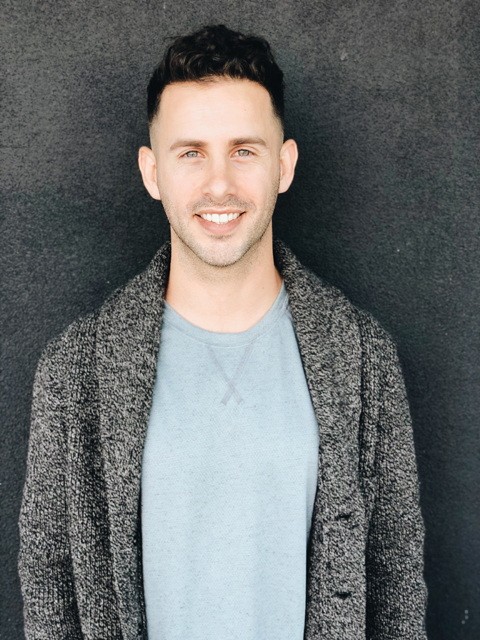Your friendly neighborhood scientist: Adam Sobel
Published:
August 23, 2019
Author:
Office of Marketing and Communications

Were you initially interested in science as a kid?
Yes, I grew up around San Diego and I remember going to the Natural History Museum with my pre-school when I was 4 years old. I saw the rocks and minerals exhibit and I was grasped by the beauty of geology with all their different colors and complexities. After that I asked for a geologist hammer and I used to wander around looking around for what I thought were quartz veins in sandstone. I had this rocks and minerals collection in a little box and I would give little lectures to anyone who would listen. That was probably the first thing I wanted to be: a geologist or archaeologist.
How did some of your previous challenges eventually anchor you into doing research?
Originally, I was on a business track at college, but I had this blind optimism that everything would be okay and I would naturally do something meaningful. Things did not work out and I had to leave university. I was lucky in that Phil Baran here at Scripps Research saw potential in me after I had interned with him in high school, and he gave me a chance to do some experimental work in his lab. I had some success, and I realized pursuing contribution to science was the most meaningful way I could spend my life. Being able to work on something I was truly passionate about lit a fire under me and drove me back to school get a science degree.
How has that mentality developed further since joining graduate school here?
Being from San Diego and wanting to work with great scientists, the Scripps graduate program was like a Mount Everest in my back yard that I deeply wanted to climb. The moment I got to be in the cohort I felt like I was finally surrounded by people who had the same aspirations. A PhD program is a lot of work and it’s not going to be easy, so I had a strong intention from the beginning that I wanted our cohort to be like a family that supports each other.
I also still can’t believe the caliber of scientists I get to interact with on a daily basis. I was a massive San Diego Padres fan when I was a kid. I remember sitting behind the dugout one game with my dad, and all these baseball heroes of mine were sitting right there, just a few rows in front of me. Now, when I go to lectures and see all these amazing scientists sitting there, I get that same feeling.
Tell us about the interdisciplinary nature of your current project
I’m in Reza Ghadiri’s lab, where we’re trying to remodel the gut microbiome using small molecule therapeutics, to positively affect the progression of diseases such as atherosclerosis. The project spans molecule design, in vitro screening, in vivo models, and bioinformatics, which I’m learning with Ali Torkamani. The microbiome is such an exciting area to be working in because of its interdisciplinary nature and because there is so much we don’t yet understand. Reza has done landmark studies in a range of interdisciplinary areas such as systems chemistry, antibiotic design and sequencing, so he is a great mentor for this type of complex biochemical engineering.
What advice would you give to younger students who want to get into science?
Get in the lab as soon as you can and as much as you can; doing is the best way of learning. Also, a passion is very much developable. Even if you don’t fully know what it is yet, just keep pushing forward and you can keep narrowing it down as you go. When you do research, leave your ego and expectations at the door and just have fun. Those qualities can be great to necessitate success and push through failure, but once you put your lab coat and goggles on, forget about it. Be safe, but get messy (figuratively), make mistakes, and ask questions!
And you have some other obsessions outside of science?
Oh, well definitely coffee. I usually make a pour-over brew on Sunday mornings and my favorite bean right now is a Kenyan peaberry. I worked in a cheese shop in high school so I love any excellent food. I also like to collect certain things, particularly the style of mid-century modern. I realized that if I’m really patient and I know what I’m looking for, I can spend just a little more and get something that I can use for a long time and it will hold or increase its value. There’s also just a certain quality to things that are simpler in their components and that can always be fixed. So most recently, this has translated into me getting a stereo I really wanted and found at a great price: a Marantz 2270.

